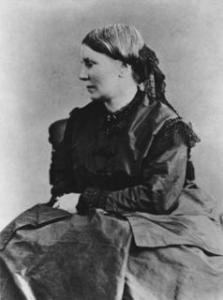

The family emigrated to New York in 1832.

Nine Blackwell children survived past infancy. Nimura's account is not only an exhaustive biography, but also a window into egregious 19th century medical practices and the role these sisters played in building medical institutions.Įlizabeth Blackwell was born in Bristol, England in 1821 Emily in 1826. They achieved a series of near-impossible feats to become America's first and third certified women medical doctors. Nimura, profiles two sisters who faced what was a daunting lack of choices for 19th century women. The Doctors Blackwell, by historian Janice P. As Elizabeth predicted, “a hundred years hence, women will not be what they are now.The Doctors Blackwell: How Two Pioneering Sisters Brought Medicine to Women and Women to Medicine, by Janice P. This major new biography celebrates two complicated pioneers who exploded the limits of possibility. They prevailed against fierce resistance from the male establishment, moving among Britain, France, and America during a tumultuous time of scientific discovery and civil war. Together they founded the first hospital staffed entirely by women, in New York City.īoth sisters were tenacious and visionary, but their convictions did not always align with the emergence of women’s rights―or with each other. Her achievement made her an icon―“I am convinced that a new & nobler era is dawning, for Medicine,” she wrote―but her sister Emily, eternally eclipsed, was the more brilliant physician. The world recoiled at the notion of a woman doctor, yet Elizabeth Blackwell persisted―in 1849, she became the first woman in America to receive an MD. Nimura has resurrected Elizabeth and Emily Blackwell in all their feisty, thrilling, trailblazing splendor.”


 0 kommentar(er)
0 kommentar(er)
